Mix up a batch of this homemade laundry detergent with just a few simple, frugal ingredients to keep your clothes clean and bright. Using goat milk soap makes this the perfect homemade laundry detergent for sensitive skin, and you get to choose the scent by mixing in your favorite essential oils.
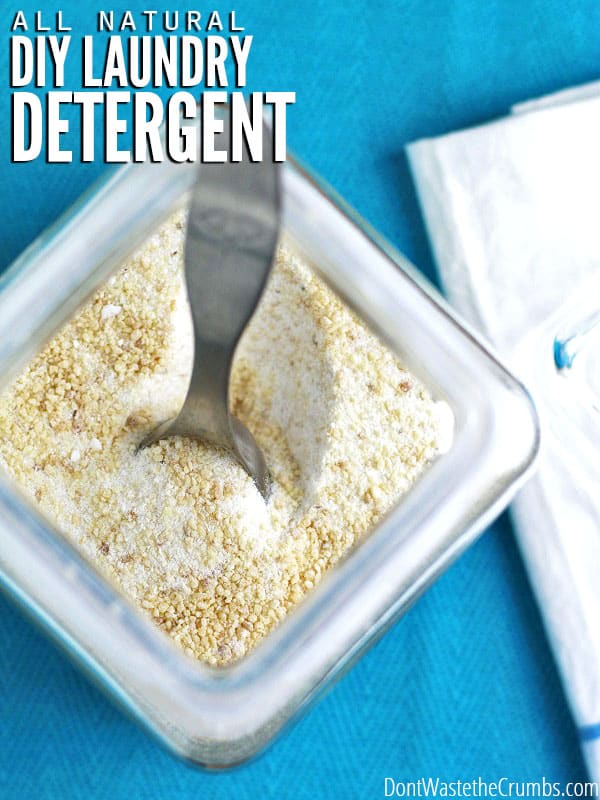
Think for a moment about ALL the soaps that touch your skin on a daily basis:
- face wash
- body wash
- shampoo
- hand soap
- dish soap
- laundry soap
If you have dry, itchy skin, your first instinct might be to blame it on your hand soap or body wash. But when you’ve switched to something healthier, whether it’s goat milk soap or something else, and you’re still itchy, you’ve got to go back to the drawing board.
What could be causing itchy legs, itchy arms, AND an itchy belly?
Your laundry soap.
HOMEMADE LAUNDRY DETERGENT FOR SENSITIVE SKIN
Yes, the one thing you thought wouldn’t really affect your skin – because it doesn’t actually touch your skin – could be the cause of your skin irritations.
You don’t have to physically touch laundry detergent to react to the ingredients inside. You can wash, rinse, rinse again, and dry and STILL have skin irritations thanks to the tiny remnants left behind.
The only way to know for sure if you’re sensitive to commercial laundry detergent is to switch to a different kind for a short period and see if you notice a difference.
Here’s the catch though: sometimes it’s not the dyes that cause irritation. It might not even be the fragrances.
Often the real cause of irritation from laundry soap is the SOAP, which means using typical “free and clear” store-bought detergent from your local grocery store won’t solve the problem.
Fortunately, making your own laundry detergent for sensitive skin is very easy, and very affordable. With a few basic supplies and a bar of incredibly gentle goat milk soap (I recommend Bend Soap Company), you can make a batch in less than 15 minutes.
GOAT MILK SOAP FOR HOMEMADE LAUNDRY DETERGENT
I’ve been using goat milk soap for several years now in several of my home and skincare DIY products and let me tell you – my experience with goat milk soap has been life-changing.
- It’s cleared up my acne-prone skin, both on my face and on the rest of my body. (Read more about that here.)
- It’s improved the texture of my skin, making it softer and smoother.
- It moisturized my skin all over, removing the need to use additional lotion every day (which means fewer chemicals!).
And since your skin is the biggest organ you have, using less chemicals on it is a good thing!
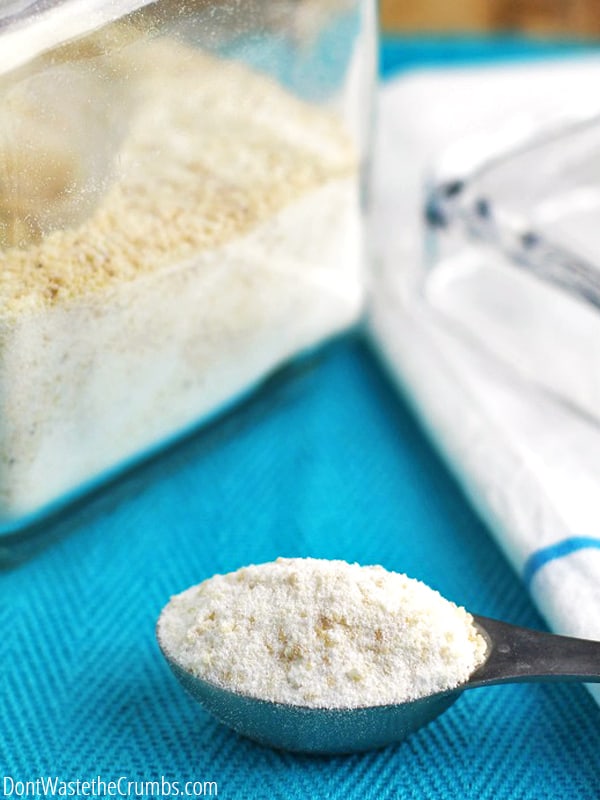
DIY LAUNDRY DETERGENT RECIPE INGREDIENTS
You only need a few ingredients for this DIY laundry detergent recipe:
- 1 bar goat milk soap (I recommend Bend Soap Company)
- baking soda
- borax
- super washing soda (I like Arm & Hammer super washing soda)
- essential oils (optional, but recommended if you like your clothes to have a certain scent other than clean)
ESSENTIAL OILS IN HOMEMADE LAUNDRY DETERGENT
I prefer to add essential oils to my homemade laundry detergent recipe because I like my clothes to have an actual scent after washing. The 20 drops called for in the recipe will leave a very, very light scent – so light, that you might not notice it unless you knew it was there. Feel free to add up to 40 drops of essential oil for a stronger scent.
One fun part of making homemade laundry detergent recipes is that you can create any scent you want. I’ve been using lavender soap shreds with lavender essential oil, but any of these scent combinations would be lovely as well:
- tea tree + lemon
- lemon/orange/grapefruit + peppermint/wintergreen/spearmint/eucalyptus
- tea tree + peppermint
- orange + thieves/cloves/cinnamon bard
- tea tree + rosemary
Note: Plant Therapy is my favorite company for essential oils. You can find their shop here.

HOW TO MAKE LAUNDRY DETERGENT
Step 1. Using a cheese grater, grate your goat milk soap until you have 1 cup of soap shreds. To save time, grate the entire bar and store excess shreds in a container with a lid.
Note: For those who are REALLY short on time or don’t want to mess with shredding soap bars but still want to make laundry detergent, Bend Soap Company now offers pre-shredded goat milk soap HERE. This also comes in handy if you’re making homemade facial cleansers.
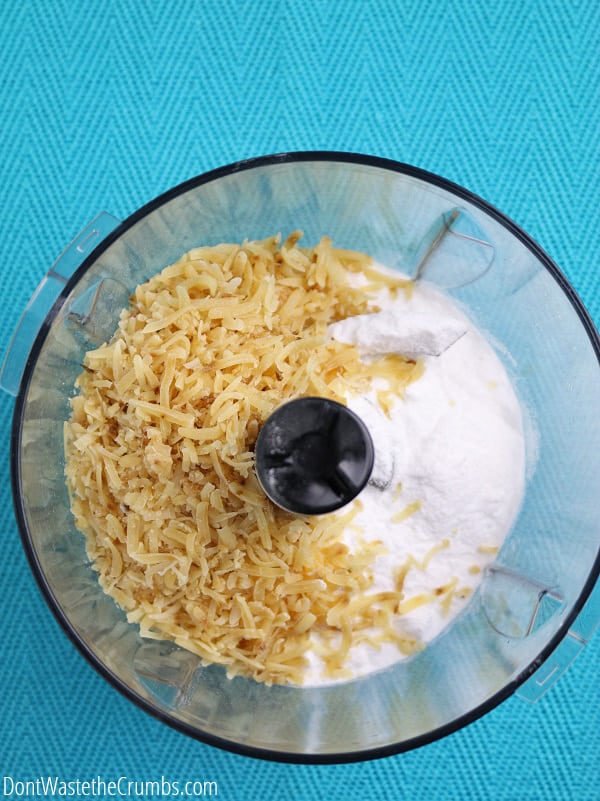
Optional: In a food processor or blender, combine grated goat milk soap and baking soda. Pulse until the bar soap is in very small pieces, only slightly bigger than the baking soda granules. Add essential oils (if using) and pulse a few more times.
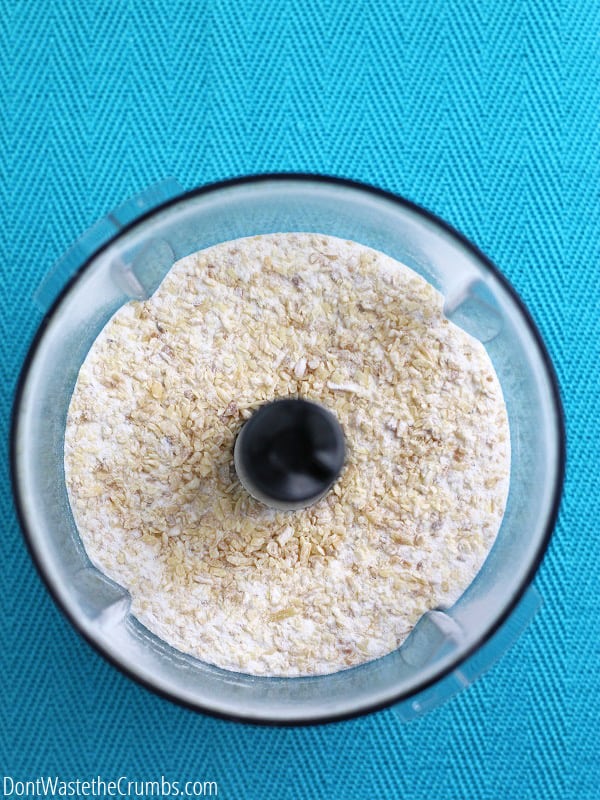
Step 2. In an airtight container, combine all ingredients. Seal well and shake vigorously until all the ingredients are well combined. Be careful when opening the container as small dust-like particles of the ingredients will become airborne. You could also stir the ingredients together if you don’t have a tight sealing lid.
For this homemade detergent, use one tablespoon for a small load, and two tablespoons for a large load. This recipe makes enough for 40 tablespoons, which lasts my family of four approximately one month.
SAFETY PRECAUTIONS WHEN MAKING HOMEMADE LAUNDRY DETERGENT
Although safe for external use, Borax should not be inhaled. Therefore, it is best to use either a mask or some sort of protective barrier over your mouth and nose when handling it and opening the container for the first time.
I pull my shirt up and over my mouth and nose when measuring. Parents, if your children are helping you make laundry detergent, it’s best to handle the box of borax yourself. Also, as a precaution, use protective gloves if you have cuts or open wounds on your hands.
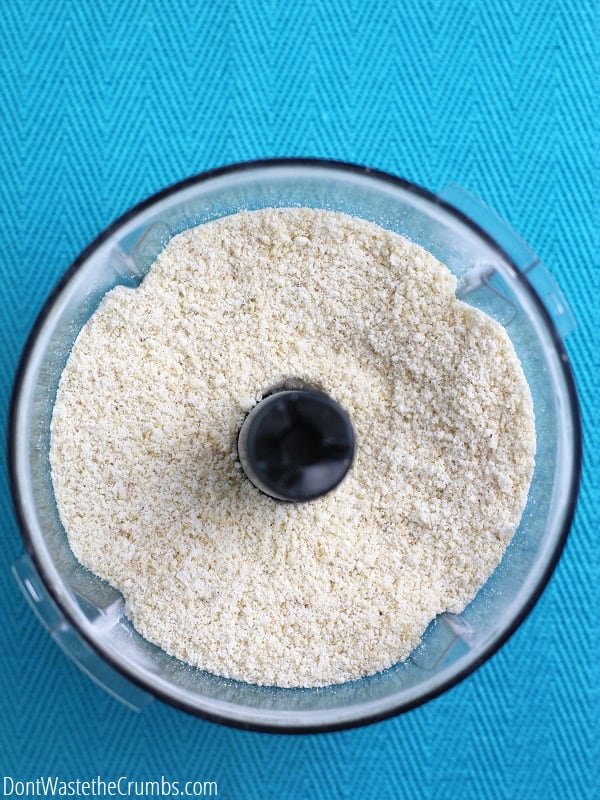
HOW TO STORE HOMEMADE LAUNDRY DETERGENT
I’m using a lovely glass jar that I received as a Christmas gift for my homemade powdered laundry detergent mixture right now, but you can use any storage container that has a lid like this gallon jar. The lid helps to keep out excess moisture, which can ruin your DIY laundry detergent.
A 5-gallon bucket might be a little bit overkill for this particular laundry soap recipe, but if that’s what you have on hand, use it!
I’m also repurposing an old coffee scoop for measuring. In case you didn’t know, coffee scoops are equivalent to 1 tablespoon, and they tend to be made a bit stronger than most measuring spoons.
Bonus: Skip the fabric softener and dryer sheets by using wool dryer balls! Or you can save even more money by skipping the dryer and hang-drying your clothes, even indoors!
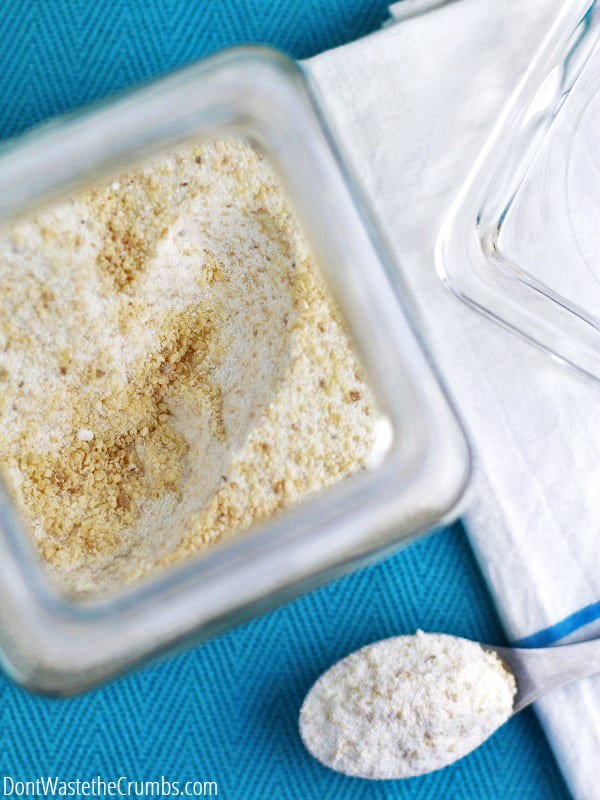
WANT A CLEANER LAUNDRY SOAP WITHOUT THE DIY?
Choosing to make laundry detergent is a great option for non-toxic laundry. But I get that DIY isn’t everyone’s cup of tea.
There are a few brands of liquid laundry detergent out there that have non-toxic ingredients. One that I like is Truly Free. They have a variety of household cleaners, laundry soap, kitchen cleansers, and related products. All are made in America, free from toxins, and sold in reusable packaging!
You can use the coupon code CRUMBS30 to get 30% off anything in their shop, including liquid detergent. This is a HUGE discount! No subscription is required. Simply order through this link.
DIY LAUNDRY DETERGENT FAQS
Does DIY laundry detergent really clean clothes?
Absolutely! Since I started using this homemade laundry detergent my clothes have been cleaner and brighter!
How many loads does this homemade laundry soap make?
I haven’t counted how many loads of laundry, but this homemade laundry soap lasts my family (family of 4) approximately one month. For one load in the washing machine, use 1-2 Tablespoons.
Does this DIY laundry powder make suds and bubbles?
Not very many. Where commercial detergents and body washes have ingredients like sodium laureth sulfate to create that bubbly lather, this DIY laundry powder cleans without extra chemicals.
MORE DIY RECIPES FOR LAUNDRY
Now that you’ve made homemade laundry detergent, try one of these other DIYs in the laundry room and around the house!
- DIY Homemade Stain Remover
- All-Natural Homemade Bleach Alternative
- Epsom Salt Laundry Booster
- How to Get the Smell Out of Towels
- How to Make an Indoor Clothesline
- DIY Linen Spray with Essential Oils
- DIY Homemade Carpet Deodorizer
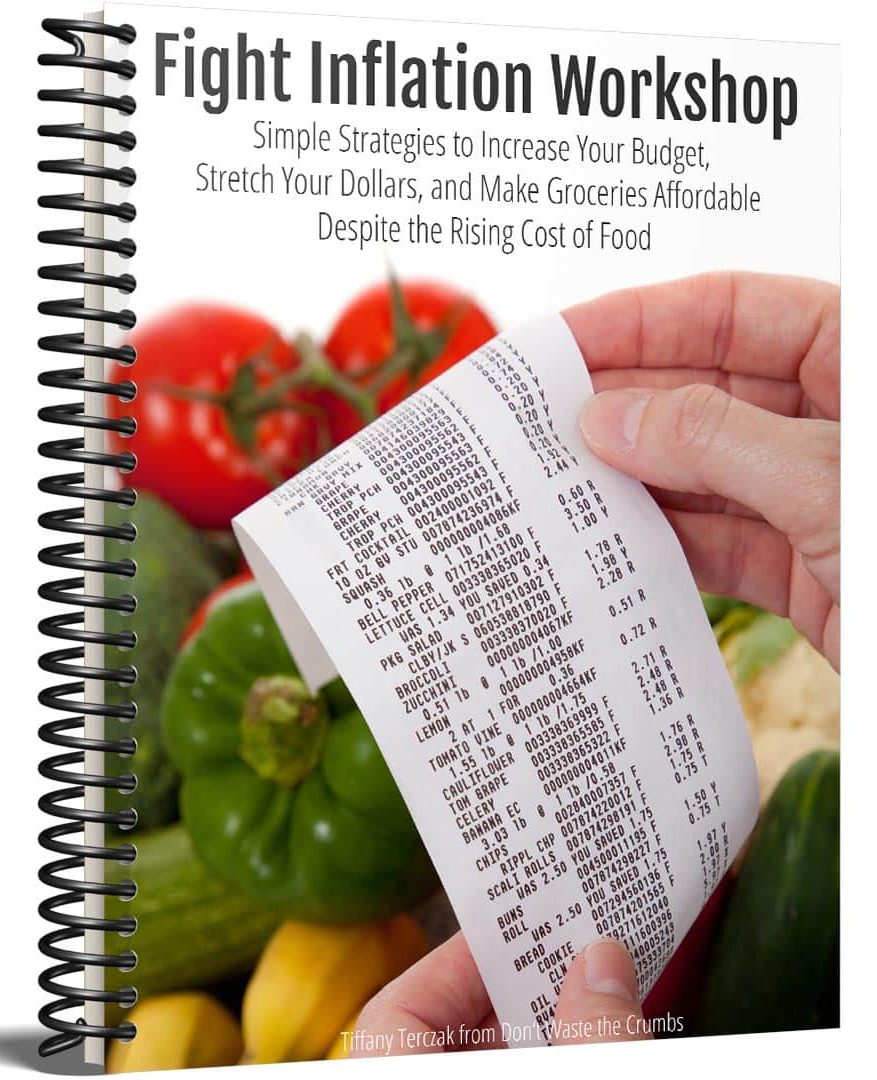
Fight Inflation Workshop!
Sign up for my FREE Fight Inflation Workshop and learn simple strategies to save money, even with rising food costs!Homemade Laundry Detergent (for sensitive skin): DIY
Mix up a batch of this homemade laundry detergent with just a few simple, frugal ingredients to keep your clothes clean and bright. Using goat milk soap makes this the perfect homemade laundry detergent for sensitive skin, and you get to choose the scent by mixing in your favorite essential oils.
- Prep Time: 5 minutes
- Cook Time: 0 minutes
- Total Time: 5 minutes
- Yield: 40 Tbs 1x
- Category: DIY Household
- Method: No Cook
Ingredients
- 1 bar goat milk soap (I recommend Bend Soap Company), shredded for 1 cup of soap shreds
- ½ cup baking soda
- ½ cup borax
- ½ cup super washing soda
- 20 drops of essential oils (optional, but recommended if you like your clothes to have a certain scent other than clean)
Instructions
1. Using a grater, grate your goat milk soap until you have 1 cup of soap shreds. To save time, grate the entire bar and store excess shreds in a container with a lid.
2. In a container with a lid, combine all ingredients. Seal well and shake vigorously until all the ingredients are well combined. Be careful when opening the container as small dust-like particles of the ingredients will become airborne.
Notes
- Safety Precaution: Although safe for external use, Borax should not be inhaled. Therefore it is best to use either a mask or some sort of protective barrier over your mouth and nose when handling it and opening the container for the first time.
- Also, as a precaution, use protective gloves if you have cuts or open wounds on your hands.
- Use one tablespoon for light loads, and two tablespoons for heavy loads. This recipe makes enough for 40 tablespoons, which lasts my family approximately one month.
- For essential oils, my favorite company is Plant Therapy. You can find their shop here.

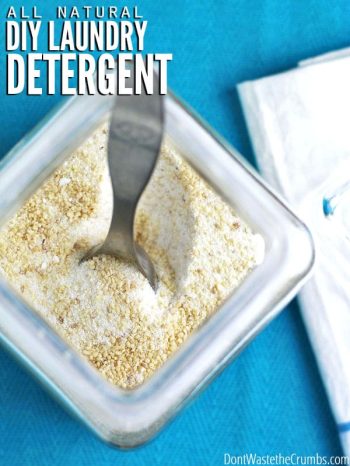
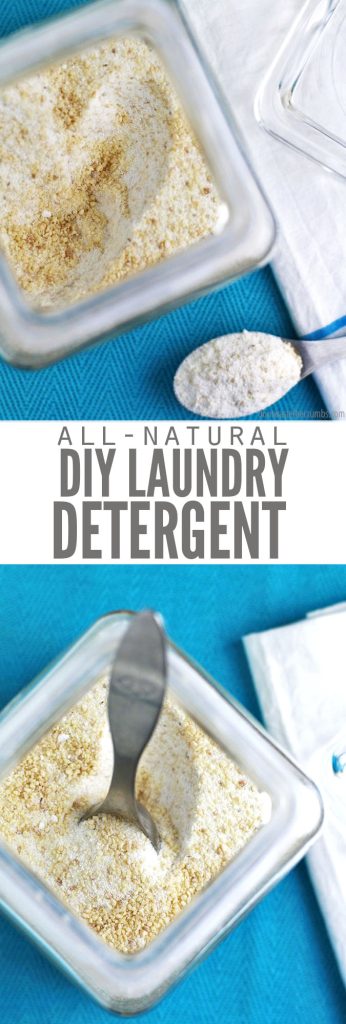
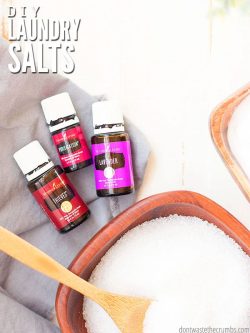
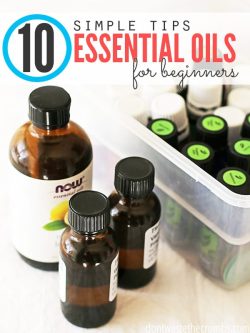

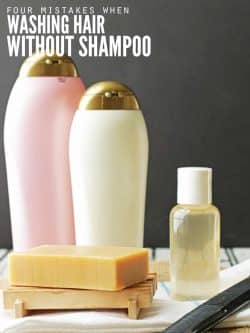

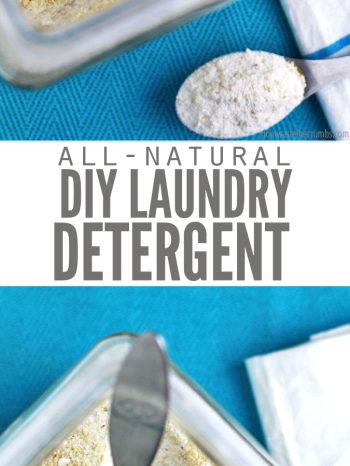
Are you still making your own goat milk laundry detergent or are you using Thieves? and what are your thoughts on the homemade thieves laundry detergent?
Tks.
Hi Sadie! We’ve switched to Thieves laundry detergent. I haven’t tried the homemade Thieves version, but I have some team members who swear by it!
What is the cost difference per load between your goat milk laundry soap and the Thieves laundry detergent?
Can i use this in HE washing machine? If yes, does this go directly in the load, or in the pull out tray in the top.